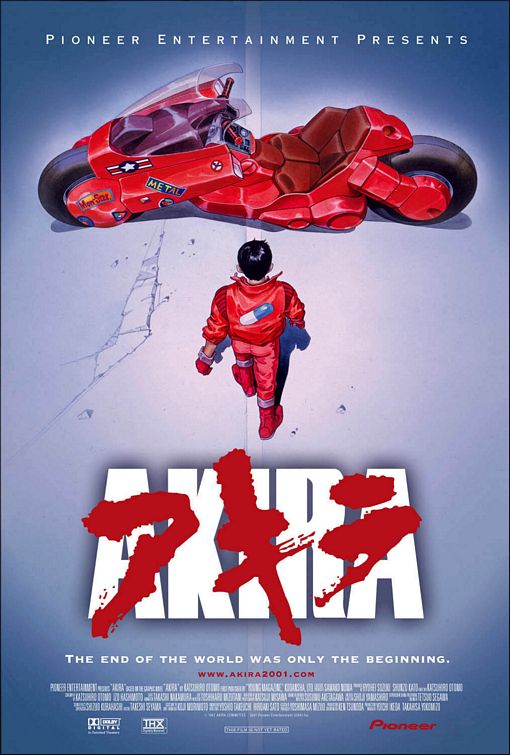Throughout the work so far, the inability to speak or prohibition of expression has taken root as a central theme. In the section of "Erato - Love Poetry", Theresa Hak Kyung Cha seems to utilize form (as we have seen before in
Double or Nothing, sorry to bring it up again) to further convey this message. Cha speaks on "the unspoken the unheard, the apprenticeship to silence" (106) and we as readers are to observe this within the pages before us. Throughout this section, the use of space and emptiness is quite pointed. The open book gives two pages whose text have the ability to be interlocked, one page's words being capable of perfectly fitting the empty spot on the opposite. I found this to mirror a slightly more enigmatic passage from earlier in which Cha speaks on the pain and difficulty of being perhaps metaphorically pregnant with not only others' words but the unspoken words of "she". The passage I thought related was: "When the amplification stops there might be an echo. She might make the attempt then. The echo part. At the pause... The invoking. All the time now. All the time there is. Always. And all times. The pause. Uttering. Hers now" (4-5). It seems the character(s) represented by "she" are only capable of expression in the emptiness or in the absence of any oppressive force.
This can also account for the almost contradicting, dual track of narrative within this section, each voice or train of thought limited to the one side of the page. The two pages, Left and Right, and distinctly different in their message, much like some of the more emblematic pages, such as those with the Japanese characters of "Father" (54) and "Mother" (55). It seems there are a myriad of voices within this chapter and they do not necessarily want to be joined.
Cha also uses the disjointedness of this section to make the text analogous to the love being discussed. Cha says of the husband and wife: "They do not touch. It is not like that. The touching made so easy the space filled full with touch. The entire screen" (106). In this section, the movie theater has been brought up and this makes literal sense of the "screen", but I believe Cha is saying something less opaque than that. She references the medium of film as being easy to fill with "touching", but is also extending this connection to her book. This chapter is filled with disjointed words that do not touch, and entire pages appear empty. With the mention of this, the blank page becomes evocative of the emptiness of the love within the mentioned marriage. There is more space than words at times, speaking depths about the nature of the marriage.
I find that Cha's tactics for employing the medium of printed word to be more expressive is almost identical to what we have seen in
Double or Nothing. However, it seems more effective because it does not throw it in our face quite so brazenly. The subtlety is certainly appreciated.



